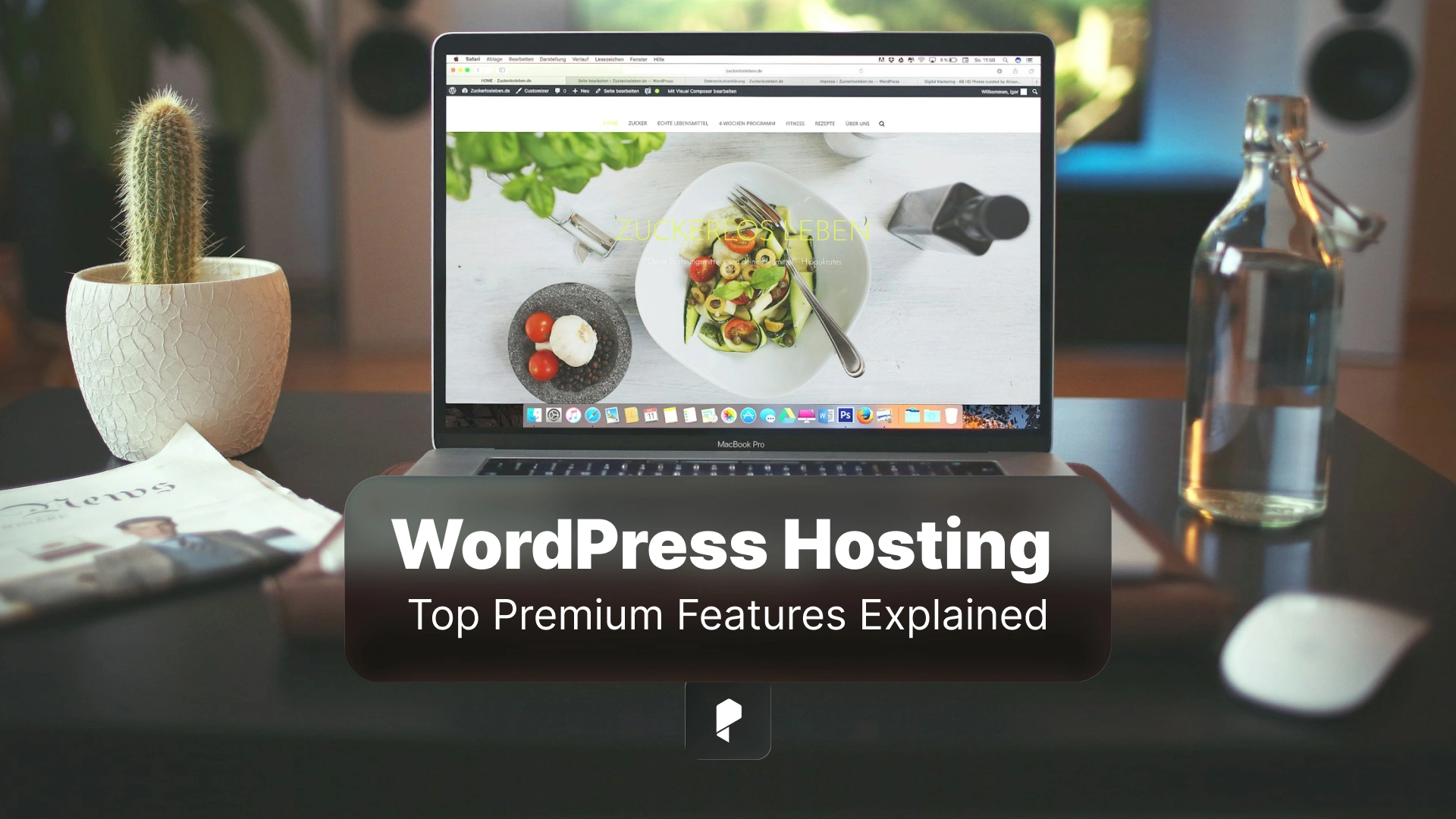How to Work with an Agency to Edit Your Film

TL;DR of What You Will Read in This Blog
Start by searching for agencies with experience in your genre (documentary, short film, feature, indie).
Review editing portfolios and reels to ensure their style matches your project’s vision.
The editing process typically includes: rough cut → fine cut → sound design → color grading → final export.
Communication is key — provide clear notes and feedback at every stage.
Delivery includes multiple formats for festivals, streaming, or theatrical release.
👉 Need expert editing for your film? Request your film editing project with us here and let our team handle the storytelling craft from start to finish.
Step 1 – Finding the Right Film Editing Agency
The most important factor? Genre-specific experience. Editing a documentary requires different pacing and tone compared to an indie drama or commercial short film. Always request to see reels or sample cuts, and evaluate whether their editing style enhances the kind of story you’re telling.
Step 2 – Evaluating Editing Style and Services
When reviewing an agency, check if they also provide complementary services such as:
- Sound design and mixing
- Color grading
- Subtitles or closed captions
- Visual effects (VFX) if your project requires it
If you’re wondering how to hire a film editing agency, start by aligning their range of services with your film’s needs. A team that offers full movie editing services can save you time, budget, and stress.
Professional Video Templates
Step 3 – Communicating Your Creative Vision
- Define your story’s emotional arc and key themes.
- Provide supporting material such as the script, director’s notes, or treatments.
- Highlight priorities: Is character development more important than visual rhythm? Do you want a slower mood or fast-paced cuts?
The more context you give, the better the editor can craft a cut that reflects your creative intent.
Step 4 – Understanding the Film Editing Process
- Rough Cut – Organizing raw footage and assembling the story structure.
- Fine Cut – Refining pacing, rhythm, and emotional flow.
- Enhancements – Adding sound design, transitions, visual effects, and music.
- Color Grading – Correcting and stylizing the film’s visual tone.
- Final Export – Preparing different masters for theatrical, streaming, or festival distribution.
Knowing these stages helps you manage expectations, schedule feedback, and understand the cost of editing a short film with an agency (since complexity often increases with each stage).
Step 5 – Collaborating Effectively During Post-Production
- Use tools like Frame.io, Google Docs, or time-coded notes to make your comments precise.
- Strike a balance between honoring your creative vision and respecting the editor’s expertise.
- Avoid vague feedback (“make it better”) and focus on specifics (“the pacing in Scene 3 feels too slow”).
Strong collaboration with your agency ensures your project benefits from both your perspective and the editor’s professional eye.
Step 6 – Final Delivery and Distribution Prep
- Festival-ready exports (DCPs, ProRes)
- Optimized versions for streaming platforms
- Cinema-quality masters for theatrical release
Many agencies also provide post-delivery support, such as teaser trailers, social media edits, or promotional cuts. This can be especially valuable for indie filmmakers working with tight budgets who need extra content for marketing campaigns.
Final Thoughts
Whether you’re producing a short, documentary, or feature, a film editing agency can elevate your vision from concept to screen.
👉 Ready to polish your film? Hire professional editors through our agency and bring your story to life.
Disclaimer : If you buy something through our links, we may earn an affiliate commission or have a sponsored relationship with the brand, at no cost to you. We recommend only products we genuinely like. Thank you so much.









